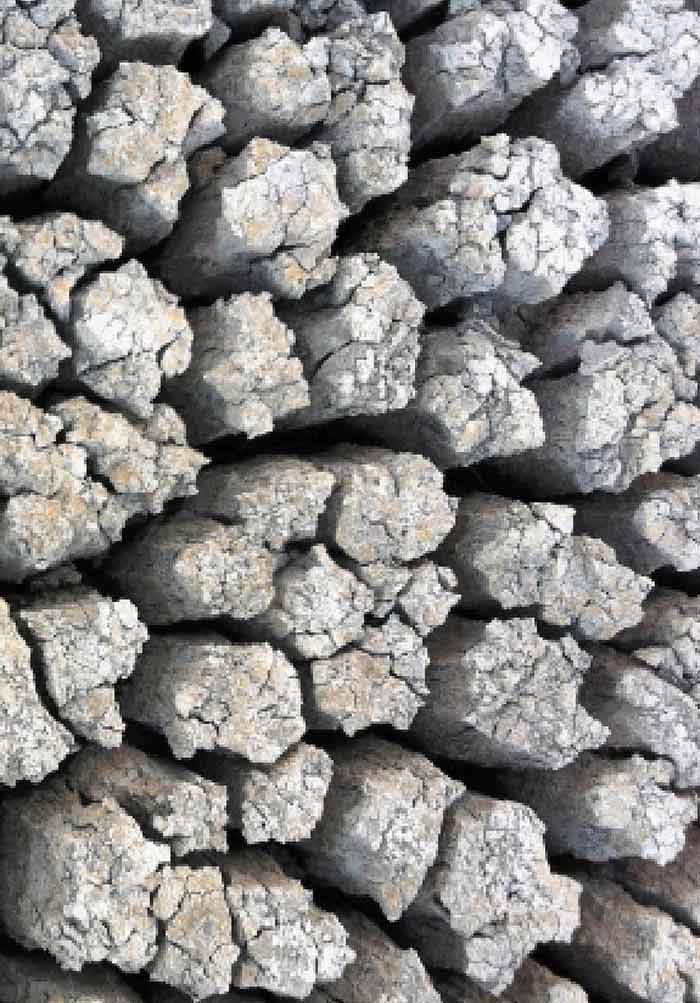

This training course will include:
By the end of this training course, participants will be able to:
This BTS training course is suitable for exploration and development geologists, seismic interpreters, sedimentologists, petrographers and other upstream subsurface professionals who are interested in optimally utilizing geological data as a predictive tool in sedimentary basins and for identifying hydrocarbon plays in active petroleum systems.
This interactive Training will be highly interactive, with opportunities to advance your opinions and ideas and will include;
Day One: Stratigraphy and an Introduction to Micropaleontology
Competency Description: Understanding the fundamental laws and principles of stratigraphy and biostratigraphy including preparation techniques and an appreciation of all the fossil groups and their stratigraphical ranges.
Key behaviours
Topics to be covered
Day Two: Biostratigraphy
Competency Description: How to present and interpret biostratigraphical data and understanding the relationship between biostratigraphy and chronostratigraphy.
Key behaviours
Topics to be covered
Day Three: Biostratigraphical Correlations and Correlation Techniques
Competency Description: How to prepare well to well correlations using biostratigraphical data, how to integrate it with other geological data and how to identify and discount spurious or misleading information to optimize the interpretation method
Key behaviours
Topics to be covered
Day Four: Biostratigraphy, Paleoenvironment’s and Seismic Sequence Stratigraphy
Competency Description: Using microfossils to identify the palaeoenvironment of deposition, using biostratigraphical and palaeoenvironmental information to identify sequences and sequence boundaries and its integration into a seismic sequence stratigraphy and using biostratigraphy in appraisal and development situations.
Key behaviours
Topics to be covered
Day Five: Play Definition using Play Based Exploration Techniques and Examples of the Use of Biostratigraphy in Exploration and Development
Competency Description: Learning and applying play-based exploration techniques and the integration of biostratigraphy using real working examples from Libya, Egypt and Thailand and how to use these techniques optimally in active exploration and appraisal situations.
Key behaviors
Topics to be covered
BTS attendance certificate will be issued to all attendees completing minimum of 80% of the total course duration.
| Code | Date | Venue | Fees | Register |
|---|---|---|---|---|
| DE183-01 | 19-01-2026 | Kuala-Lumpur | USD 5950 | |
| DE183-02 | 10-05-2026 | Dubai | USD 5450 | |
| DE183-03 | 07-09-2026 | Istanbul | USD 5950 | |
| DE183-04 | 22-11-2026 | Dubai | USD 5450 |

The objective of this training course is to get more out of seismic and well data through the use of sequence and seismic stratigraphy and integrated stratigraphic analysis to further constrain geolog ...
Providing services with a high quality that are satisfying the requirements
Appling the specifications and legalizations to ensure the quality of service.
Best utilization of resources for continually improving the business activities.
BTS keen to selects highly technical instructors based on professional field experience
Since BTS was established, it considered a training partner for world class oil & gas institution
1st floor, Incubator Buildingو Masdar City, Abu Dhabi, UAE
Sun to Fri 09:00 AM to 06:00 PM
Contact Us anytime!
Request Info